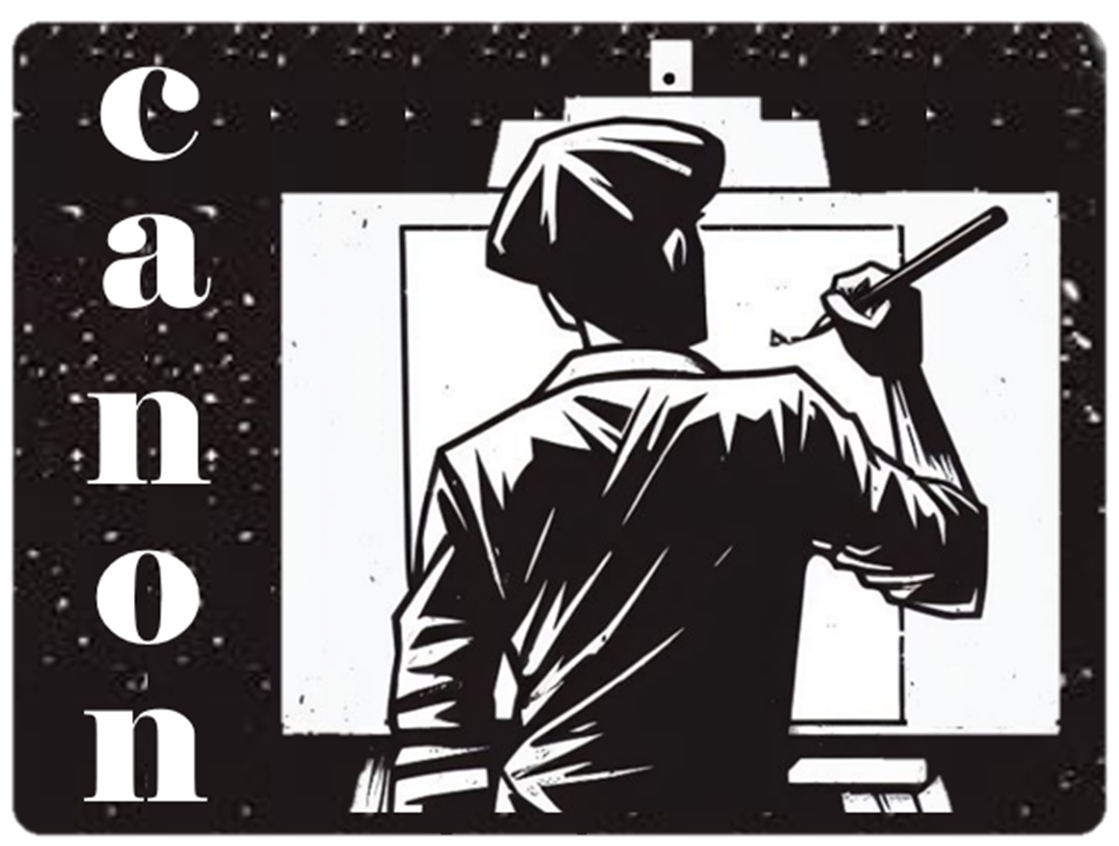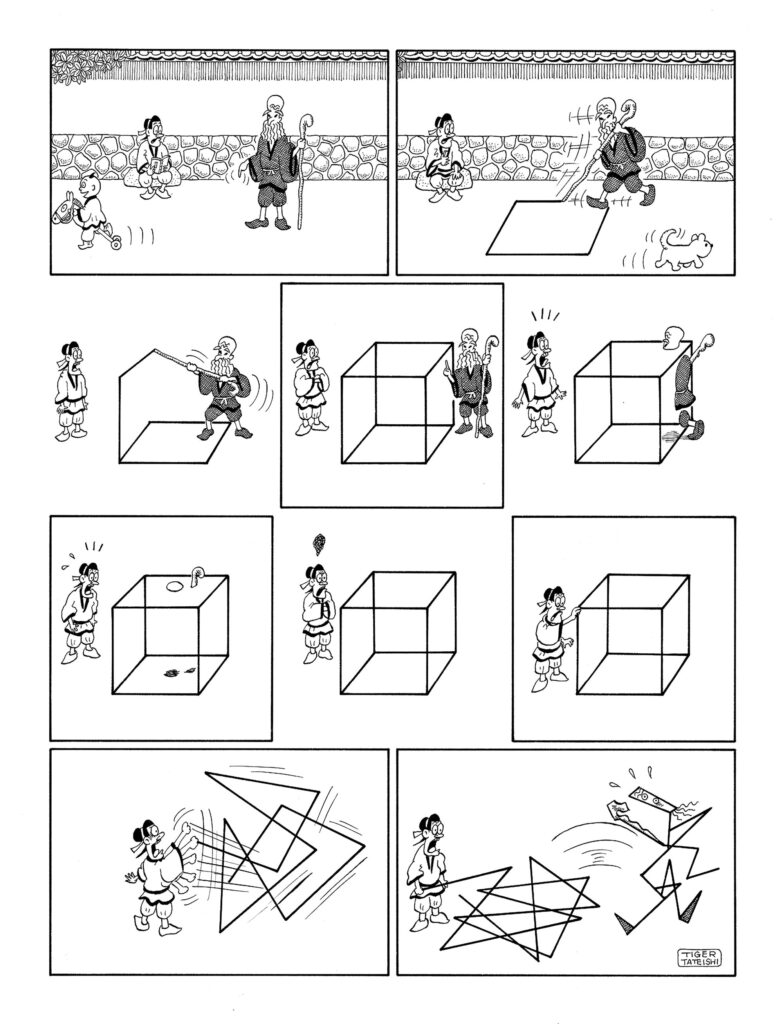
The Chromatic Fantasy by H.A.
Alex Eklund reviews The Chromatic Fantasy by H.A.
Synopsis: Jules, a transgender man, finds himself trapped in the life of a nun at a convent where he is not accepted for who he is. Jules then accepts a deal from a devil and escapes the convent. Soon, he meets Casper, another transgender man who is a notorious thief. Together, they embark on a series of adventures in a wonderfully lush fantasy world, and fall in love along the way.


